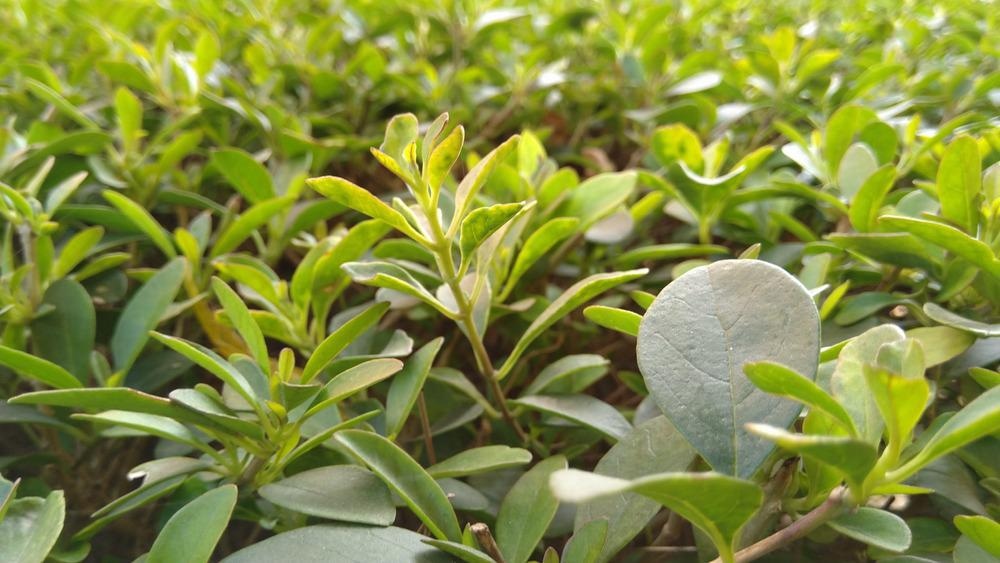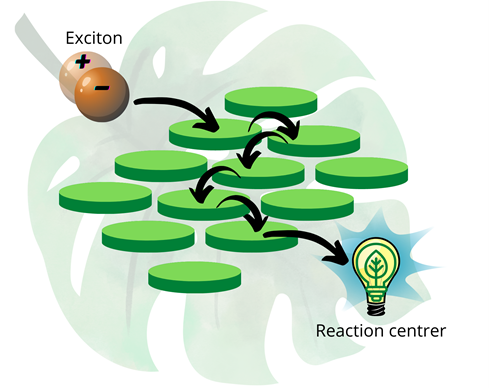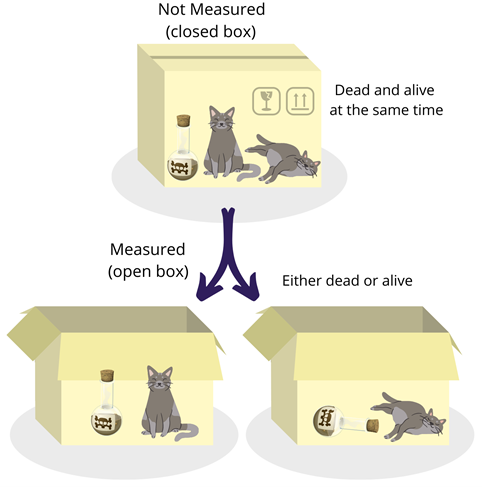Photosynthesis is the most significant, naturally occurring phenomenon for sustaining life in the world. Recent studies have determined that photosynthesis is a quantum mechanical effect.

Image Credit: Vinanka/Shutterstock.com
Quantum mechanics is thought to be a phenomenon that only governs the behavior of matter at the micro and nanoscales. Most experiments conducted to study the effects of quantum mechanics have been at ultra-cold temperatures close to absolute zero.
But as the formulation of quantum mechanics was developed over the years and experimentally verified, quantum theory has been applied to describe naturally occurring events. For example, the annual migratory habits of birds are tied to quantum entanglement. There is also evidence that quantum tunneling is associated with how smell is sensed.
Plants convert sunlight into energy through the chemical process of photosynthesis. This conversion process happens at close to 100% efficiency. A viable description to account for the near-perfect conversion rate has eluded scientists for a long time. Recently, solutions based on quantum mechanics have demonstrated how plants can achieve photosynthesis with high conversion efficiency.
Basics of Photosynthesis
Photosynthesis is the synthesis of energy out of light or photons. Trees, plants, and all green botanical elements produce over 15000 tons of biomass every second through photosynthesis. The underlying mechanism is a chemical reaction that happens in the plant.
A plant takes carbon dioxide, water, and sunlight and turns those ingredients into sugar, oxygen, and usable energy for the organism itself. Absorbed sunlight and the process of photosynthesis happen within the plant cells in organelles called chloroplasts. Inside the chloroplasts, there are stacks of disks called thylakoids that are filled with little green pigments called chlorophyll.
Chlorophyll is instrumental in converting the photons from sunlight to usable energy. The molecular structure of chlorophyll is such that it has a single electron on the outermost energy level, also known as having one valence electron loosely bound to the rest of the molecule. When a photon from sunlight is absorbed by the thylakoid, it ejects the electron from the chlorophyll.
The vacancy created by the ejected electron results in a “hole” on the outer layer of the chlorophyll. The negatively charged electron that was removed is paired with the positively charged “hole” to create what is called an “exciton.” The exciton’s positive and negative poles make it work like a battery. In order to make energy out of sunlight, the exciton has to be transported to a reaction center within the plant where a process called “charge separation” occurs. The products of photosynthesis are created at the reaction center.
Transporting the exciton to the reaction center is a difficult process that has not been well understood. Chloroplasts were thought to transfer the excitons randomly by stepping from chlorophyll to chlorophyll until it reached the reaction center as shown in figure 1. Also, the exciton can be lost along its journey to the reaction center due to other absorptions. This description does not satisfactorily describe the near 100% efficiency with which photosynthesis happens.

Figure 1: Illustration showing excitons transported randomly stepping from chlorophyll to chlorophyll to get to the reaction center. Image Credit: Ilamaran Sivarajah
Quantum Superposition
In 2007, researchers at the University of California, Berkeley, proposed quantum superposition as a potential mechanism that could describe the high conversion efficiency of photosynthesis. Quantum superposition is a property of quantum mechanics. Austrian physicist Erwin Schrödinger famously described it with the analogy of a cat and a bottle of poison enclosed in a box.
Widely referred to as Schrödinger’s cat, while the box is closed, a determination cannot be made as to whether the cat is dead or alive. So, the cat can be thought of as both dead and alive at the same time (figure 2). This is a superposition of both possible states of the cat’s life.
Once the box is opened, thereby a measurement is made, then the quantum state collapses to either dead or alive. But until a measurement is made by opening the box, the cat is both dead and alive. Not one or the other. This property is quantum superposition. This unique and sometimes difficult to comprehend quantum behavior is now widely used to develop technology-based on quantum mechanics, like quantum computers.

Figure 2: Illustration of Schrödinger’s cat demonstrating quantum superposition. Image Credit: Ilamaran Sivarajah
Quantum superposition applies to any number of states. In the case of photosynthesis, the exciton can take all the possible paths to the reaction center at the same time. Quantum superposition offers a valid explanation as to why photosynthesis is highly efficient at converting sunlight into energy. Experimental efforts by Professor Seth Lloyd at MIT have shown evidence linking quantum superposition to photosynthesis.
Future Outlook
The knowledge acquired in exploring the role of quantum superposition in photosynthesis can be used in other technologies. For example, solar cells can be designed with quantum mechanical concepts to improve conversion efficiency. Considering the natural world at large, ideas from quantum mechanics may play a significant role in describing many natural phenomena in the future.
References and Further Reading
Engel, G., Calhoun, T., Read, E. et al. Evidence for wavelike energy transfer through quantum coherence in photosynthetic systems. Nature 446, 782–786 (2007). https://doi.org/10.1038/nature05678
Lloyd, Seth (2011). "Quantum coherence in biological systems". Journal of Physics: Conference Series. 302 (1): 012037. doi:10.1088/1742-6596/302/1/012037
Photosynthesis tunes quantum-mechanical mixing of electronic and vibrational states to steer exciton energy transfer. Jacob S. Higgins, Lawson T. Lloyd, Sara H. Sohail, Marco A. Allodi, John P.Otto, Rafael G. Saer, Ryan E. Wood, Sara C. Massey, Po-Chieh Ting, Robert E. Blankenship, Gregory S. Engel. Proceedings of the National Academy of Sciences Mar 2021, 118 (11) e2018240118; https://www.pnas.org/content/118/11/e2018240118
Disclaimer: The views expressed here are those of the author expressed in their private capacity and do not necessarily represent the views of AZoM.com Limited T/A AZoNetwork the owner and operator of this website. This disclaimer forms part of the Terms and conditions of use of this website.